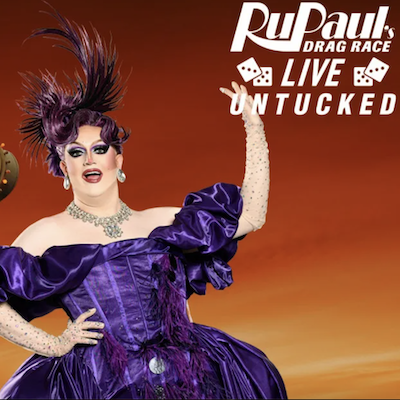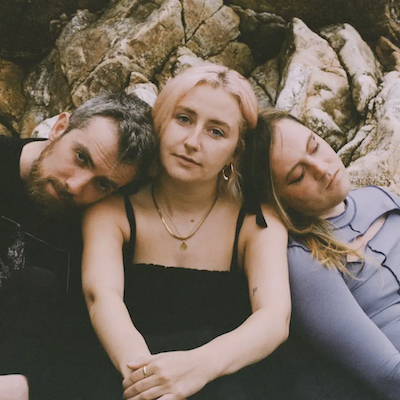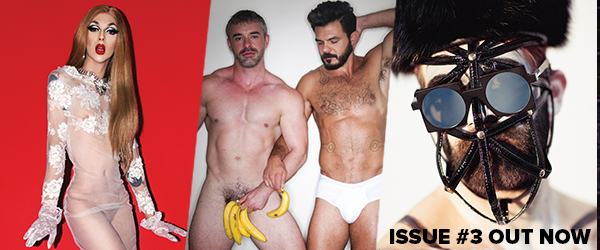
Review by Fallon Gold
Some experiences of art are so profound that even this wordy writer finds it very difficult to choose the right words (any words) to describe what they have witnessed. When art is so visceral and so much in the particular moment that it occurs, it may seem pointless to try and convey on a screen or a page or even into someone’s ear right next to you what just happened.
This was how I was left by Nando Messias’ Shoot The Sissy. But I’m going to give it a go.
Nando has produced two previous performance pieces exploring his character The Sissy. I saw the last one, The Sissy’s Progress, and itself was an incredibly moving, heart-wrenching, life-changing event. The Sissy’s Progress is about what it is like to be gay bashed and drew on Nando’s real life experience of this. It happened to him in Whitechapel, London and the performance of TSP I saw took place right where it occurred. Part of TSP leads the audience onto the street and we follow Nando, dressed in ballgown and accompanied by a brass band, and what happens, happens. We are witness to staring, gawking, verbal and even physical abuse. We get a fraction of the experience of living in the sissy body. We get sissy by proxy. Sissy adjacent. Well, for those who aren’t sissies themselves, anyway.
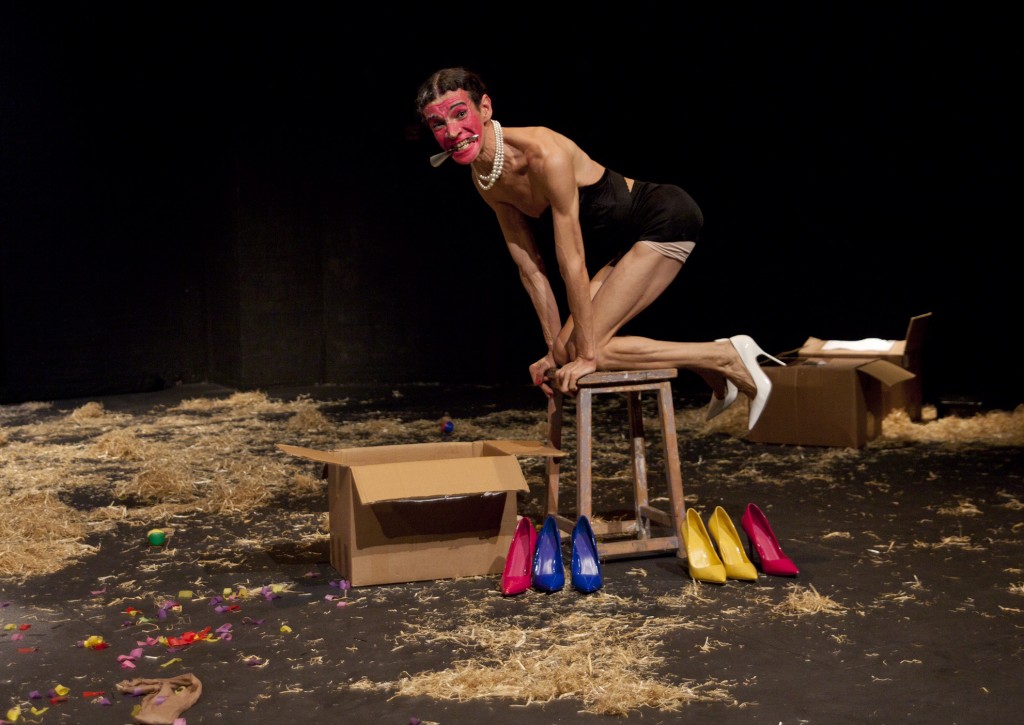
And it is the uncomfortable-to-outsiders femininity of the sissy body that Nando Messias continues to explore in Shoot The Sissy. In the piece Nando considers what it means to be a freak, to be seen as a freak, to consider whether one is a freak and what that means. In STS, The Sissy accepts his freakish lot and becomes an exhibit in a freak show where we, the audience, are invited to ‘shoot’ him. There are seven items that the audience will use to shoot at The Sissy. And they get progressively more violent.
And there’s the rub. An audience at a Nando Messias performance is going to be full of queers and liberals. So, will they accept the invitation to throw things at a fellow queer?
They do. Some enthusiastically, others almost reluctantly, as if they owe it to Nando to take part in this performance. Because if no one volunteers he has no show, right? And yet…
It raises very difficult and uncomfortable questions about our complicitness in abuse. Oh, we may not actually be the ones doing the abusing irl, but do we do everything we can to stop it? Do we perpetuate anti-sissy ideas? Are we complicit in having our own negative thoughts about the sissy body and male femmeness? I did wonder what would happen if someone did stop a person from throwing an item at Nando. Or if they stood in the way.
I thought that if I went up there (I couldn’t even consider it, not really, but if I had to…) I would end up turning it on myself and I don’t know what that says about me. I’ll take the bullet for you, Nando. But would that be heroic or would it ruin his performance? For all these reasons, I just couldn’t face it.
Shoot The Sissy was upsetting. And unless he was really, really, really just acting the whole time, it appeared to be upsetting for Nando. And I can imagine it was really difficult. But as well as inviting and instructing his assailants, he stops them too. When he’s had enough he says, ‘enough’. And because the audience aren’t really bullies, they stop. He has the power and the authority and the agency to stop the abuse in that moment and it is the only occurrence of such power that I have seen in his performances. He doesn’t give us a victim’s vengeance catharsis. He doesn’t ever fight back. But, of course, in real life we don’t always have that power. If we ask them to stop they are more likely to continue, to escalate.
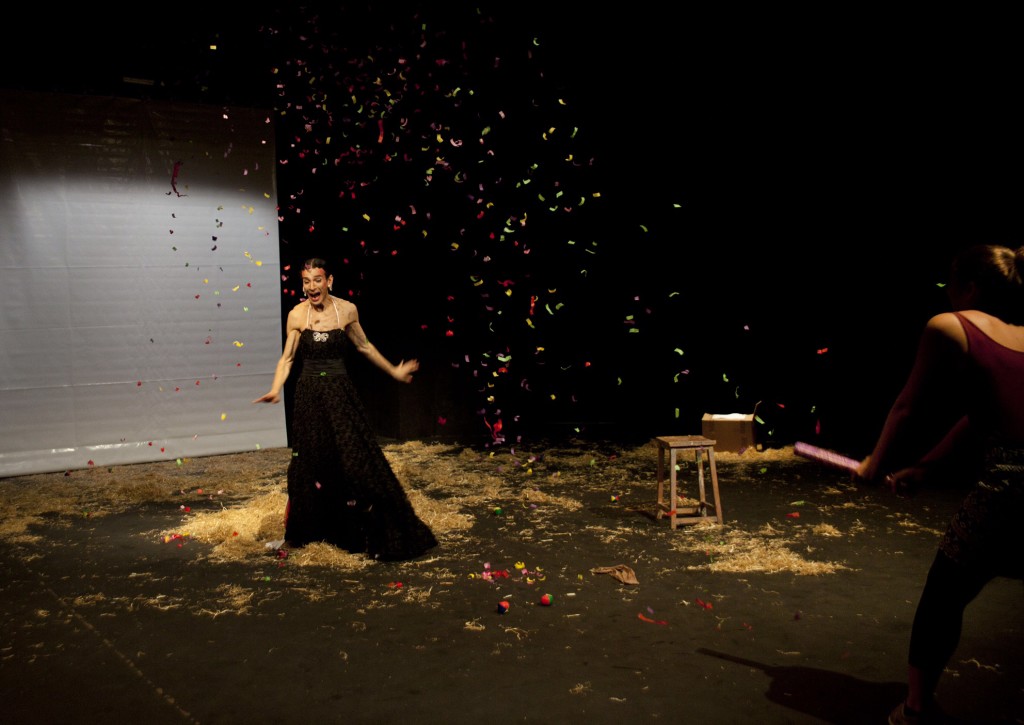
Shoot The Sissy differs from The Sissy’s Progress in that The Sissy was silent throughout TSP. In STS he sings, he speaks. He tells us stories of living in a feminine body, of living in a ‘different’ body, a ‘wrong’ body, a ‘freak’ body. And this is powerful in itself. And empowering, for him, for us. He has a voice. He will share his narrative through words and through movement. And we may recognize ourselves in those stories. Or we may recognize how we are complicit in perpetuating ideas of ‘wrongness’, or at least of not standing up against those ideas. We should at least be talking about it, thinking about it, changing things.
Because celebrating pro-femmeness for men, women and genderqueer people is a relatively new phenomenon. And there is still a lot of internalized and externalized prejudice against The Sissy (and the femme queer generally). The femme threatens a lot of ideas of how we are supposed to do queer correctly. But when queer has always been about standing out and standing up, not hiding, but being confrontational, being here, queer, get used to it, we should really think about why it has taken decades and mainstream depictions of sissies and femmes to get us to a place where we do celebrate it, we don’t hide it, we worship, we fangirl our asses off about it. Again, think about our complicitness.
You see, after allowing some time to pass after the performance, and letting go, I did have something to say about Shoot The Sissy, after all.
Nando Messias’ work is not easy. It is not meant to be. But it is some of the best art and activism and expression of living queer that you will ever have the privilege to witness in your life, that I can guarantee.
Images by Holly Revell



